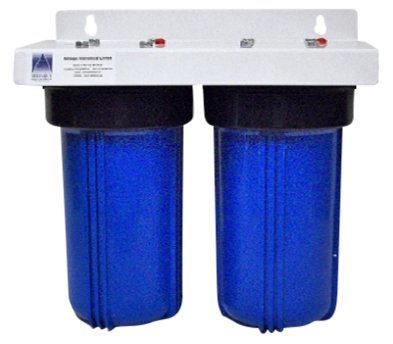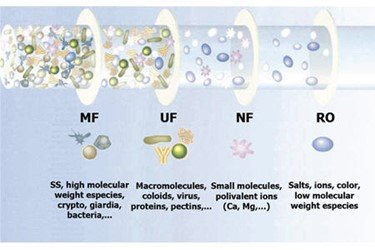If a container could be 100% filtered through a 0.5 micron filter then the effluent fed through an adequate UV filter could that replace the TTM? For example, if that container had a plenum at the bottom covered by matrix yet the bottom of the container was drilled for ensuring 100% of the water passed through several particulate filters (downsizing from 100 micron to 0.5 micron) then that UV before returning to the tank and flow was fast enough that any free swimming stage would be unable to resist the pull then wouldn't this effectively replace the TTM? Since TTM is used to separate host from parasite then if parasite can be removed before ability to infest host the problem should be solved. Thoughts?
Purpose of the matrix is to provide biological filtration for the duration normally required with TTM. Fish can be pulled and treated with hydrogen peroxide or other dips as well and as needed.
Purpose of the matrix is to provide biological filtration for the duration normally required with TTM. Fish can be pulled and treated with hydrogen peroxide or other dips as well and as needed.




















